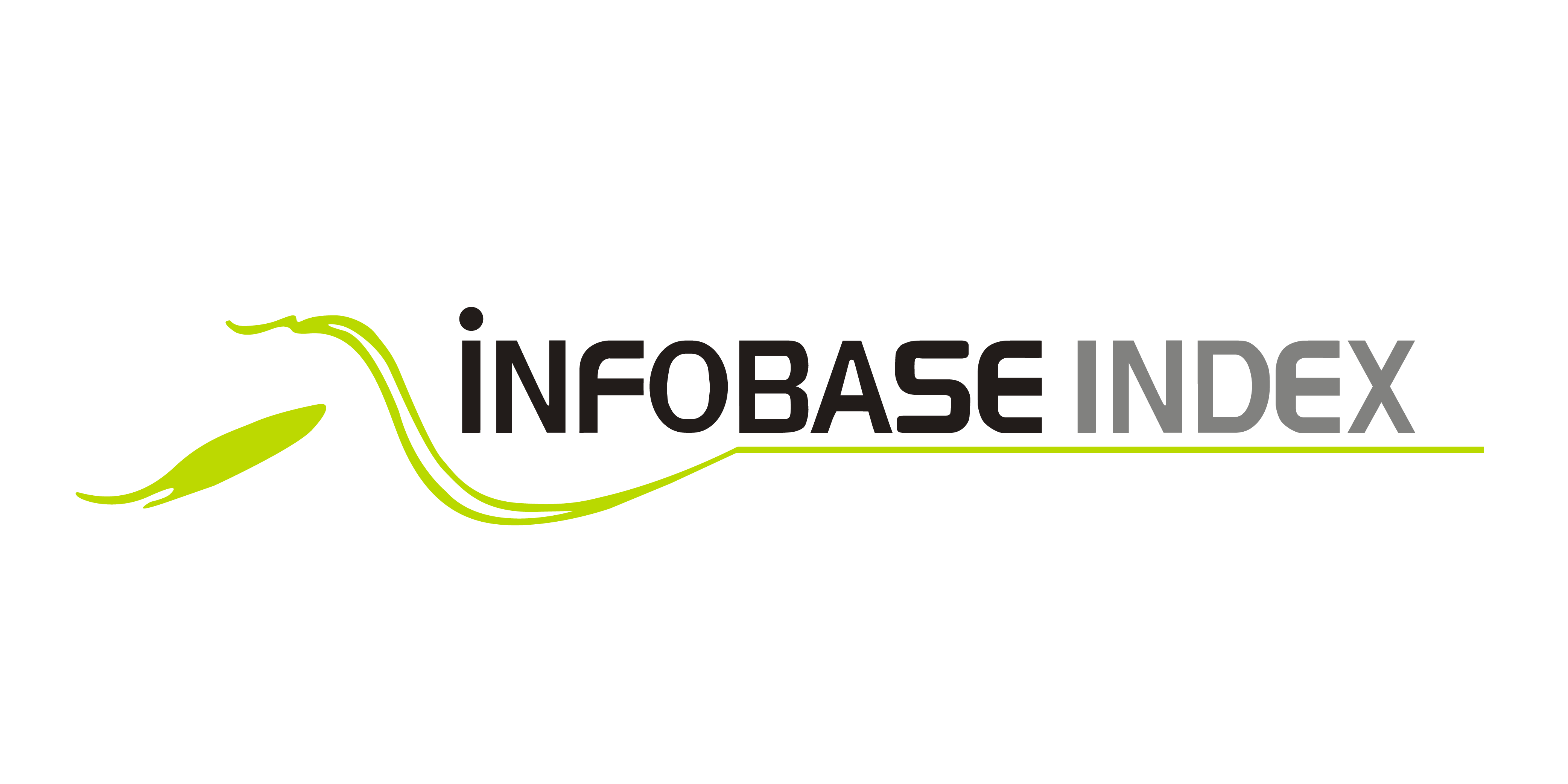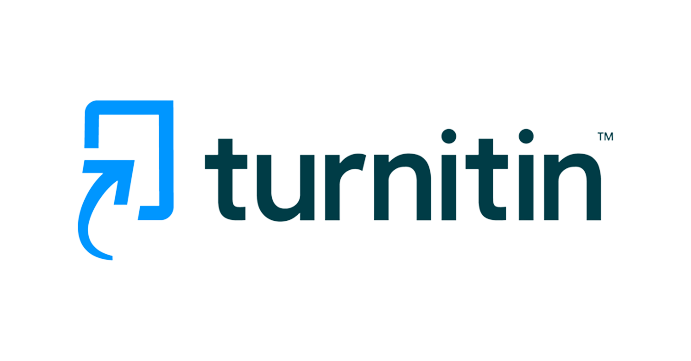Author Guidelines
AUTHOR GUIDELINE
Each manuscript must include a reference list containing only the quoted work and using the Mendeley or Zotero tool. Each entry should contain all the data needed for unambiguous identification. With the author-date system, use the following format recommended by APA citation style.
Format
The manuscripts should be typed in A4 (210mm x 297mm), with 12-point Times News Roman font and must be single line-spaced. The manuscript must be saved as a word file. All the pages, including tables, appendices, and references, should be serially numbered. Spell out numbers from one to ten, except when used in tables and lists, and when used with mathematical, statistical, scientific or technical units and quantities, such as distances, weights and measures. For example three days; 3 kilometers; 30 years. All other numbers are expressed numerically. Authors are encouraged to use the JGBMR template. A sample template can be download from journal side menu.
Language
The manuscript must be written in good academic English. Spelling follows Webster’s International Dictionary. To ensure an anonymous review, the authors should not identify themselves directly or indirectly in their papers. A single author should not use the word “we”. Authors for whom English is not their native language are encouraged to have their papers checked before submission for grammar and clarity. We use Grammarly to helps us eliminate language errors. Make sure that the manuscript does not have errors more than 250 and 5% of plagiarism indicators.
Article Length
The article should be between 4000 and 7000 words. The allowable length of the manuscript is at the editor’s discretion; however, manuscripts with a length of less than or exceeding the specified word count may be returned to the author(s) for revision before the manuscript is considered by the editors. The word count excludes tables, figures, and references.
TITLE PAGE
Article Title
The title of the article should be specific and effective, and approximately not more 20 words. Write an article title using simple and straightforward language that can offer readers a glimpse of the content with their first glance.
Author’s name and Affiliations
The full name of each author, the affiliation of each author at the time the research was completed and the address for each author including the full postal address, telephone, and email addresses. Where more than one author has contributed to the article, please provide detailed information for the corresponding author(s).
Abstract
The abstract should stand alone, meaning that no citations are in the abstract. The abstract should concisely inform the reader of the manuscript’s purpose, its methods, its findings, and its value. The abstract should be relatively nontechnical, yet clear enough for an informed reader to understand the manuscript’s contribution. The manuscript’s title, but neither the author’s name nor other identification designations, should appear on the abstract page. An abstract between 100-200 words, should be presented in English on a separate page immediately preceding the text of the manuscript.
Keyword
Keywords are an important part of writing an abstract. Authors should select a maximum of five keywords that are specific and reflect what is essential about the article. Keywords and the article’s classification should be provided after the abstract.
Main Article
Manuscripts submitted to this journal should have the following main headings:
Introduction
What is the purpose of the study? Why are you conducting the study? The main section of the article should start with an introductory section which provides more details about the paper’s purpose, motivation, research methods and findings. The introduction should be relatively nontechnical, yet clear enough for an informed reader to understand the manuscript’s contribution.
Literature Review
In this section, the author will discuss the purpose of a literature review.
Methods
This section typically has the following sub-sections: sampling (a description of the target population, the research context, and units of analysis; sampling; and respondents’ profiles); data collection; and measures (alternatively: measurement).
Results
The author needs to report the results in sufficient detail so that the reader can see which statistical analysis was conducted and why, and later to justify their conclusions. Reporting results: The author may assume that the reader has a working knowledge of basic statistics (i.e., typically the contents covered in a 1st statistics course).
Discussion
Different authors take different approaches when writing the discussion section. According to Feldman (2004:5), Perry et al. (2003: 658), and Summers (2001: 411412), the discussion section should: 1) Restate the study’s main purpose; 2) reaffirm the importance of the study by restating its main contributions; 3) summarize the results in relation to each research objectives or hypothesis, without introducing new material; 4) relate the findings back to the literature and to the results reported by other researchers; 5) provide possible explanations for any unexpected or non-significant findings; 6) discuss the managerial implications of the study; 7) highlight the main limitations of the study that could influence its internal and external validity; 8) and discuss insightful (i.e., non-obvious) directions or opportunities for future research related to the topic.
Conclusion
In this section, the author presents brief conclusions from the results of research with suggestions for advanced researchers or general readers. A conclusion may cover the main points of the paper, but do not replicate the abstract in the conclusion.
Limitation
Not only do authors write down the major flaws and limitations of their study, which can reduce the validity of the writing, thus raising questions from the readers (whether, or in what way), the limits in his studies may have affected the results and conclusions. Limitations require critical judgment and interpretation of the impact of their research. The author should provide the answer to the question: Is this a problem caused by an error, or in the method selected, or the validity, or otherwise?
References
In writing the article, the author(s) are required to use reference management tools (example: Mendeley, EndNote, or Zotero) in writing the citation and list of references. Authors may use some flexible terms for the subheading following the main heading. Authors are encouraged to use the manuscript template that can be found at the bottom of this guideline (Journal Template).














